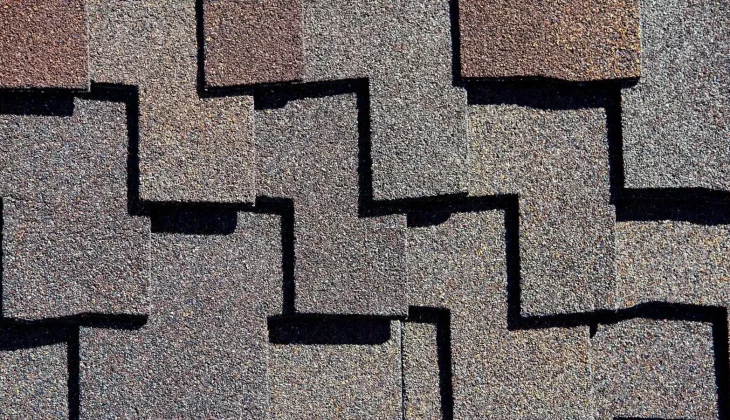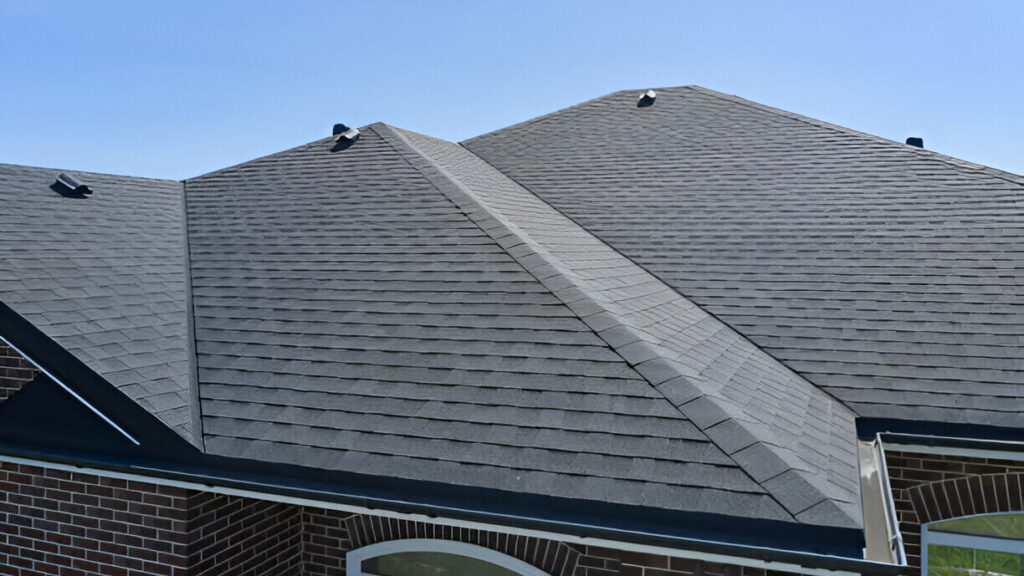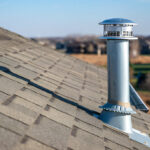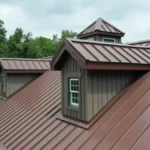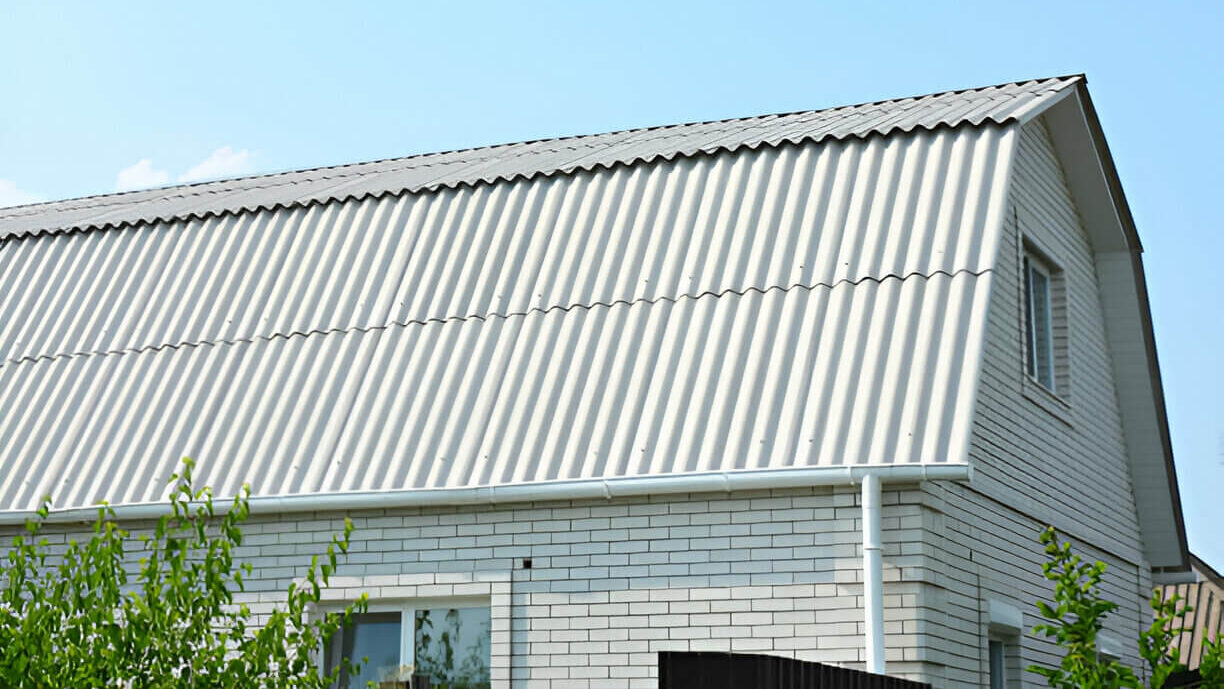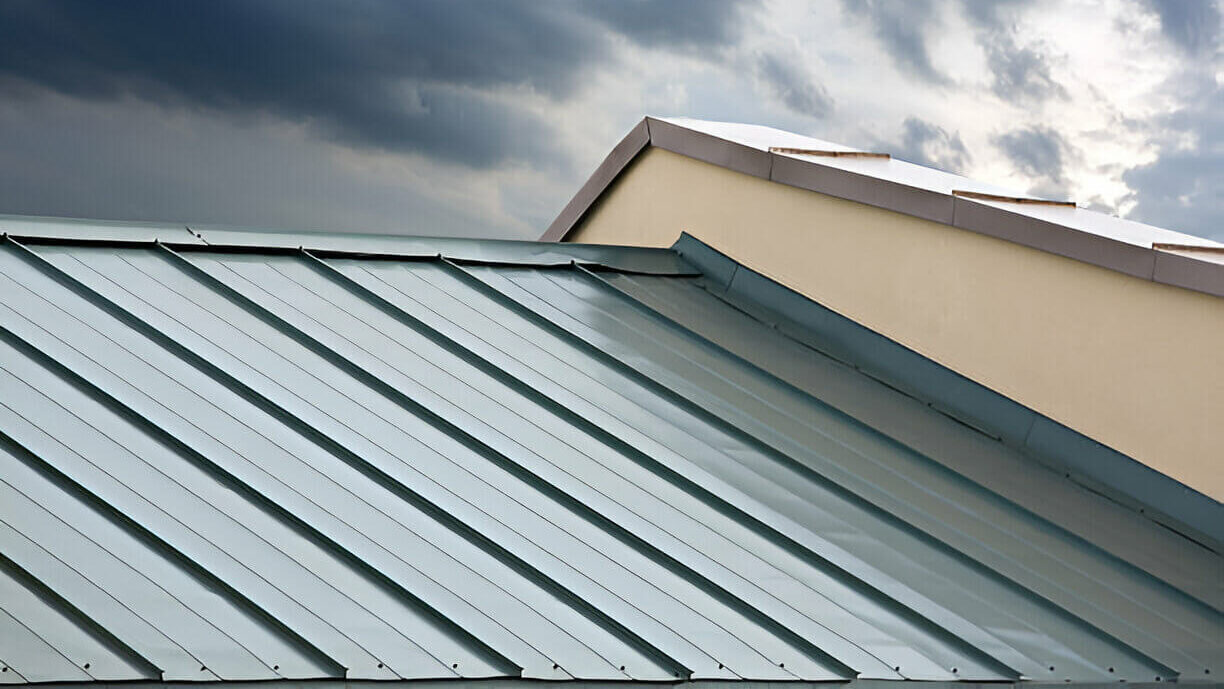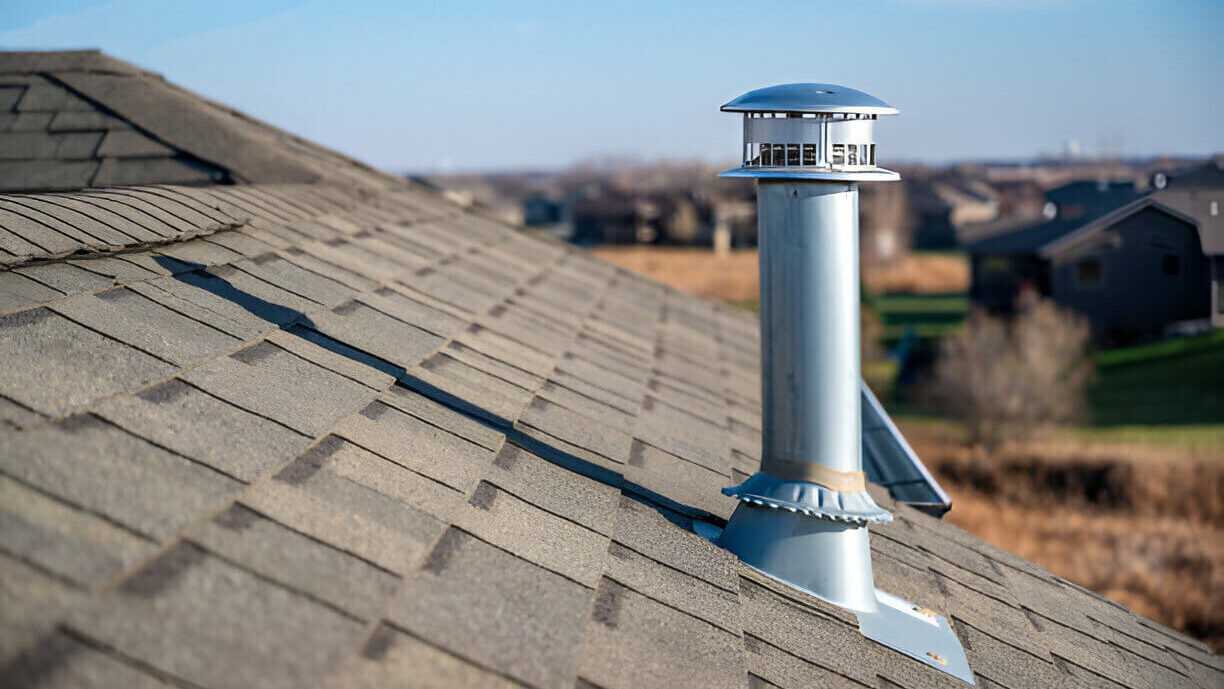A new roof is an investment, but with asphalt and fiberglass shingles locked in a head-to-head battle, choosing the wrong one can leave you feeling like you are gambling on your home’s security.
Table of Contents
ToggleAsphalt Shingles are the best option for homeowners living in mild climates. They are comparatively less inexpensive, easy to install, eco-friendly, and come in different colors and styles.
This blog covers the key differences between asphalt and fiberglass shingles, exploring their strengths, weaknesses, and costs to help you choose the perfect roofing material.
Don’t skip it; by the end, you’ll be equipped to make an informed decision and ensure your roof has everything you wanted.
What Are Asphalt Shingles?
Asphalt shingles are the most popular roofing material made from paper and layered with asphalt and ceramic granules, similar in quality to luxury asphalt shingles. They can last in a home for anywhere from 22 years. Asphalt shingles use about 40% more asphalt than fiberglass shingles
Pros
- Durable: The thick layer of asphalt makes them more durable
- Cost-effective: Asphalt shingles are generally the most affordable roofing option.
- Asphalt shingles come in a wide variety of colors and styles to suit different architectural preferences.
- Eco-friendly: They are energy efficient and can be recycled.
- Easy Installation: Their lightweight nature and straightforward design make them quicker to install compared to some other materials.
Cons
- Less Lifespan: Organic asphalt shingles typically last 20 years, which is less than that of other roofing materials like metal or slate.
- Less Fire Resistant: Asphalt shingles offer some fire resistance due to the mineral granules, but they’re not considered completely fire-proof
- Warping: Asphalt shingles can become warped in extreme temperatures as well as from prolonged exposure to moisture.
What Are Fiberglass Shingles?
Fiberglass shingles are made of fiberglass and asphalt granules. Because they contain fewer asphalt granules, they are lighter than traditional shingles. Fiberglass shingles are a newer and more advanced alternative to traditional asphalt shingles.

They are similar to traditional asphalt shingles but have small differences that make them different shingles.
Pros
- Lightweight: Lighter than the traditional asphalt shingles
- Fire Resistant: Have a higher fire rating than asphalt shingles.
- Environmental Friendly: Can be recycled.
- Lasting Color: Don’t lose color even in UV rays.
Cons
- Costy: more expensive than the traditional asphalt shingles.
- Less Wind Resistant: more prone to wind damage.
- Less Effective in Cold: less effective because traditional asphalt is thicker than it.
Are Fiberglass Shingles Better Than Asphalt?
Fiberglass shingles have some qualities that make them a better option than traditional asphalt, but that does not mean that fiberglass is better than asphalt.
For instance, they are more fire-resistant and easy to install, qualities also appreciated by roofers in South Jersey. They are lightweight and environmentally friendly because they contain less asphalt
However, they are less effective in cold climates and are more prone to wind and moisture damage, as they absorb more water than asphalt.
Difference Between Asphalt And Fiberglass Shingles
Asphalt and fiberglass shingles are both popular roofing options, but they have key differences. Asphalt shingles are the more traditional and budget-friendly choice, known for their ease of installation.
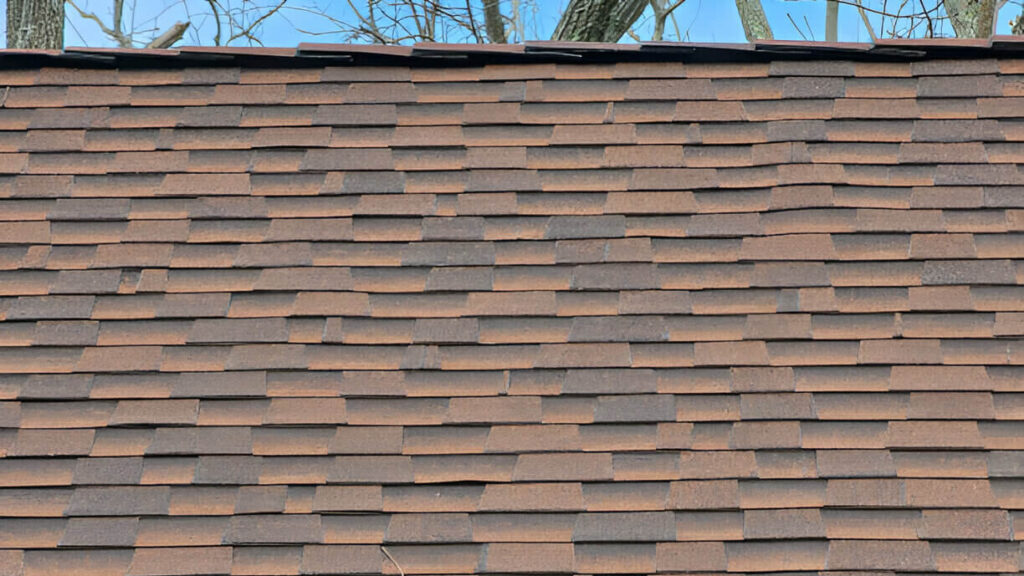
However, they may not last as long and can be more susceptible to extreme weather. Fiberglass shingles, on the other hand, offer superior durability, wind resistance, and fire protection.
1. Composition
Both asphalt and fiberglass shingles share some similarities in composition but also have a key difference in their base material. The top layer and coating of both materials are the same.
They have a top layer embedded with mineral granules, which provides color, UV protection, and some fire resistance. This is typical of various types of asphalt shingles.
A layer of asphalt sits below the granules, providing waterproofing for the roof deck. However, their base materials are different.
Asphalt Shingles use a base layer of organic felt made from recycled paper products. On the other hand, fiberglass shingles have a base layer made from woven fiberglass strands bonded with resins for strength.
2. Weight And Thickness
Asphalt shingles are thicker and heavier compared to fiberglass shingles.
The thickness of asphalt shingles is 3/16-inch for a standard three-tab shingle, and the weight is 2-3.5 pounds per square foot.
Fiberglass is less thick and lightweight than asphalt shingles. It is 0.03 to 0.04 inches thick and
These typically range in thickness from 0.03 to 0.04 inches and 0.5 pounds per square foot.
3. Durability And Longevity
Both asphalt and fiberglass will last a similar amount of time in mild year-round climates. However, in harsher weather, the heavier and more durable asphalt shingle will hold up better.

Severe storms, cold weather, high winds, and driving rain won’t displace or damage them as easily as fiberglass. So, asphalt shingles are more durable and long-lasting than fiberglass shingles.
4. Fire Resistance
Although asphalt shingles are thicker and more durable than fiberglass shingles, fiberglass is the best option for fire resistance.
Fiberglass shingles have a higher fire rating than asphalt shingles, offering better fire protection for your home. Due to their higher fire resistance, I, too, use fiberglass shingles on my roof.
5. Environmental Impact
Asphalt and fiberglass shingles both have environmental impacts. Asphalt shingle production uses a lot of energy and creates pollutants. However, some asphalt shingles are made with recycled materials.
Fiberglass shingles, on the other hand, rely on resins that can have environmental issues, and disposing of them at the end of their lifespan is challenging. Their lighter weight and recycled material make them more eco-friendly.
6. Cost
Fiberglass shingles are more expensive than the traditional asphalt shingles.
You can expect new fiberglass roofing shingles installation to cost an average of $13,705 to $24,997 for a standard 3,000-square-foot roof. This equals a cost per square foot of $268 to $489.
Compare this to $139 to $253 per square foot on average for basic asphalt shingles.
7. Installation And Maintenance
Fiberglass shingles are light as compared to asphalt shingles. Therefore, the installation and maintenance of fiberglass is easy compared to asphalt shingles.
Asphalt shingles are thick and need more effort to install and maintain them.
Asphalt Vs Fiberglass Shingles FAQs
Can fiberglass roofs crack?
Yes, asphalt shingles can crack. There can be different causes, from movement, expansion, or contraction to poor installation. Cracks can also develop when the material is exposed to harsh chemicals such as acids, alkalis, solvents, and other corrosive substances.
Is a fiberglass roof waterproof?
Yes, fiberglass is an excellent waterproofing material and, therefore, commonly used on flat roofs to seal and keep them watertight.
Are all asphalt shingles fiberglass?
All asphalt shingles are not fiberglass. There are two varieties: fiberglass and organic mats. While traditional organic mat shingles are extremely heavy and durable, fiberglass shingles are a bit lighter.
Conclusion
No matter which shingle you choose, a well-maintained roof is an investment that protects your home for years to come. Consider your climate, budget, and desired aesthetics to select the roofing material that best suits your needs.
Our blog covers that asphalt shingles offer affordability and ease of installation, making them a solid choice for budget-conscious homeowners. Fiberglass shingles, while more expensive upfront, counter with superior durability, weather resistance, and a longer lifespan.

